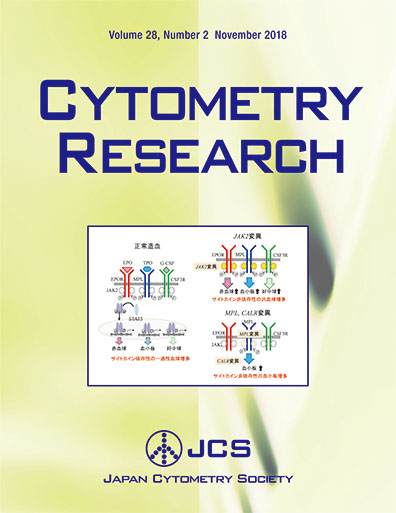Volume 28, Issue 2
Displaying 1-6 of 6 articles from this issue
- |<
- <
- 1
- >
- >|
review
-
2018Volume 28Issue 2 Pages 1-6
Published: November 25, 2018
Released on J-STAGE: February 14, 2019
Download PDF (874K) -
2018Volume 28Issue 2 Pages 7-12
Published: November 25, 2018
Released on J-STAGE: February 14, 2019
Download PDF (1038K) -
2018Volume 28Issue 2 Pages 13-17
Published: November 25, 2018
Released on J-STAGE: February 14, 2019
Download PDF (951K)
original paper
-
2018Volume 28Issue 2 Pages 19-25
Published: November 25, 2018
Released on J-STAGE: February 14, 2019
Download PDF (1829K)
invited review
-
2018Volume 28Issue 2 Pages 27-32
Published: November 25, 2018
Released on J-STAGE: February 14, 2019
Download PDF (2944K)
meeting report
-
2018Volume 28Issue 2 Pages 33-37
Published: November 25, 2018
Released on J-STAGE: February 14, 2019
Download PDF (4306K)
- |<
- <
- 1
- >
- >|
